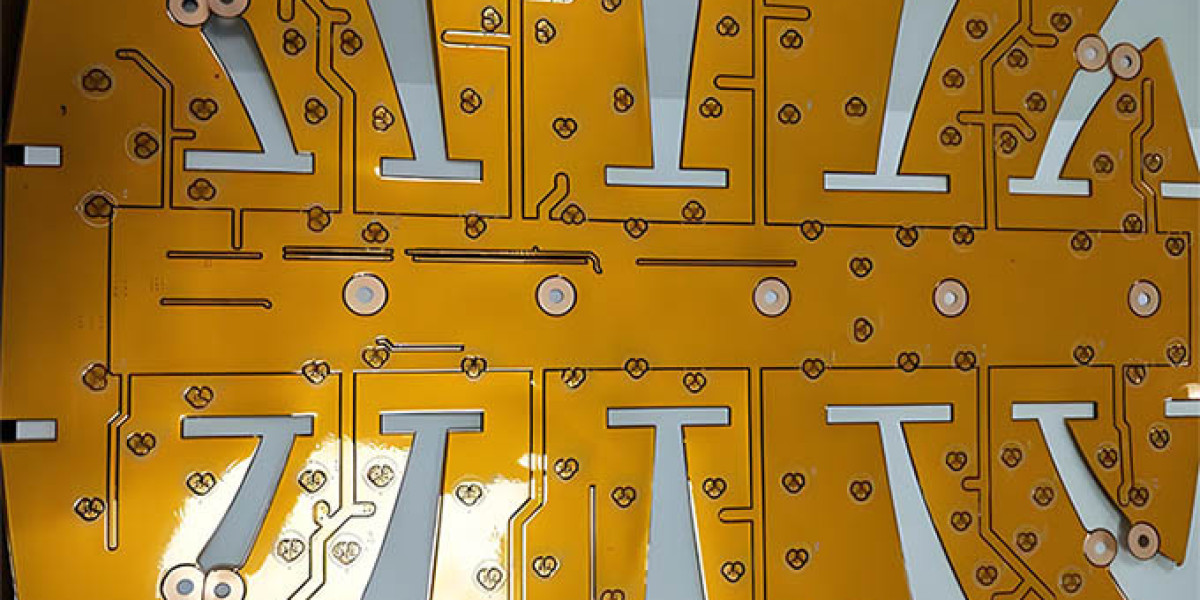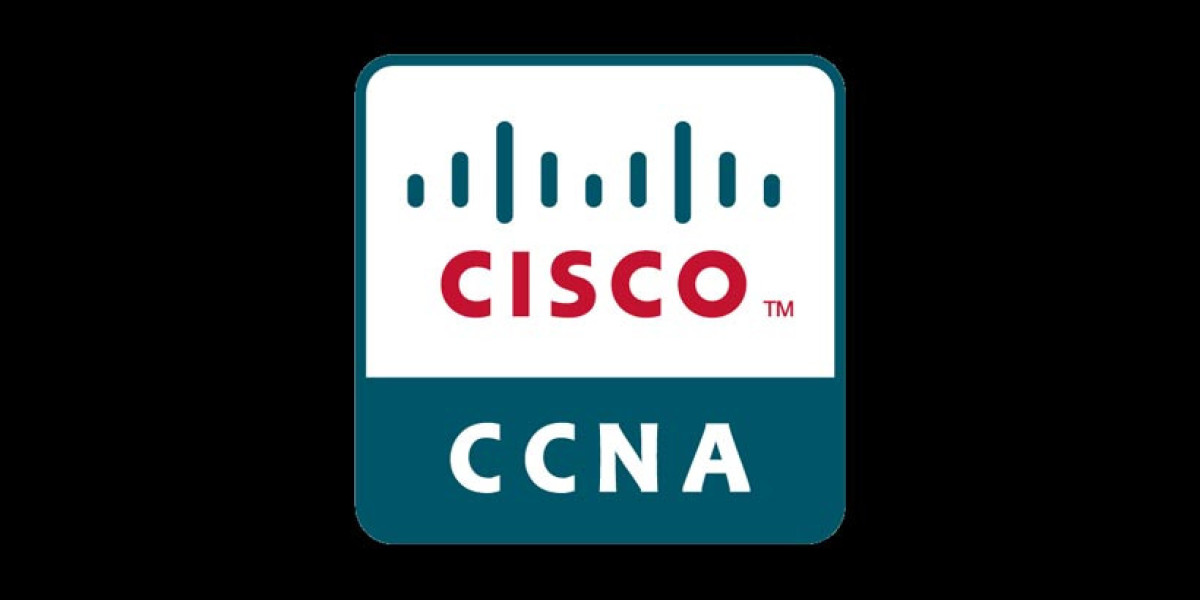FPC (Flexible Printed Circuit) boards can be categorized into four types, all demonstrating the flexibility and reliability inherent to FPCs. This article delves into these two key performance aspects, aiming to enhance understanding.
Single-sided FPC soft boards have lower production costs and simple manufacturing processes, resulting in strong overall reliability. Double-sided flexible boards utilize metalized holes to create a continuous circuit on both sides of the insulating material, achieving flexibility while ensuring performance. Protective cover films are often used to maintain reliability in the design of single-sided and double-sided circuit boards, securing all components firmly.
Multilayer circuit boards can achieve high reliability by forming circuits between different layers while maintaining flexibility. FPC soft boards exhibit excellent thermal conductivity and convenient assembly characteristics. Both reliability and flexibility are evident in these classifications.
The reliability and flexibility of FPC circuit boards are among their three main characteristics. Professional design and structural integrity ensure significant reliability and flexibility, whether for traditional rigid-flex boards or modern flexible circuit boards. Additionally, these two features enhance overall economic viability.
Beyond reliability and flexibility, FPC circuit boards also offer economic benefits. This highlights their considerable advantages, contributing to a broad application market. At the same time, continuous upgrades in production technology and structure have strengthened their economic viability, reducing assembly costs while maintaining quality.








